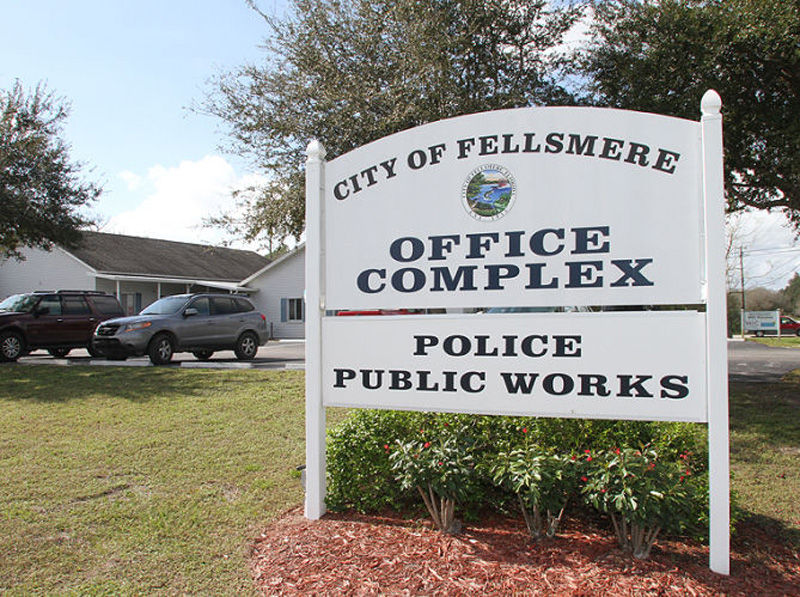FELLSMERE — The Fellsmere City Council Thursday night expressed interest in joining the newly formed Indian River Lagoon Council, which has been tasked with taking over management of the Indian River Lagoon National Estuary Program.
The Council weighed in on the matter of joining after the Board of County Commissioners balked at joining what it sees as another bureaucracy. Indian River County is the only one of five counties asked to participate in the Lagoon Council.
Volusia, Brevard, St. Lucie and Martin counties each unanimously approved joining the Lagoon Council, paying a $50,000 buy-in fee to sit at the table and have a vote regarding how grant funds and other monies will be divvied up and what projects will be handled.
“We might be short-changing ourselves” if we don’t participate, City Manager Jason Nunemaker told the Fellsmere City Council Thursday. He suggested Fellsmere discuss the issue with Sebastian and the county’s other municipalities and see if they could collectively join the Lagoon Council.
The City Council members appeared willing to explore that option, though they did not discuss what amount of money they’d suggest earmarking for buy-in or what might be asked of them to pay.
Indian River Lagoon National Estuary Program Interim Director Maurice Sterling told the City Council that, if the cities wanted to join the Lagoon Council, they should petition the Council’s board.
Sterling said there is a provision within the Council’s governing documents that would allow for new members.
“What the lagoon needs more than anything is advocates,” Sterling told the Fellsmere Council. He explained that, due to legislation, the St. Johns River Water Management District is prohibited from lobbying – something the agency would want to do in order to get funds for projects to help the Indian River Lagoon.
The water management district, prior to the Lagoon Council’s formation, was the agency tasked with administering the Indian River Lagoon National Estuary Program.
Being a non-profit, the Lagoon Council can be that advocate for the Indian River Lagoon. It can lobby for federal and state dollars, according to Sterling.
“We had the cuffs on,” Sterling said of having the water management district as the estuary program’s administrator.
Both the Tampa Bay and Sarasota National Estuary Programs have non-profit councils administering the programs. Sterling said the Indian River Lagoon Council’s governing documents are based on those two programs’ councils.
“It’s governments yoking together their strength,” Sterling said of forming what would have been a 5-county council. Doing so would provide the ability to leverage political will and local decision-making on where funds go for projects.
As it is, the Department of Environmental Protection has put $250,000 in the proverbial pot while the St. Johns River Water Management District and the South Florida Water Management District each have ponied up $500,000.
Each of the counties invited to join the Lagoon Council were asked to contribute $50,000.
Without Indian River County, that brings the pot to $1.45 million, which can be used to match grant funds.
The Lagoon Council’s voting board will consist of a County Commissioner from each of the participating counties, one member each from the water management districts, and one member from the DEP.
A member from the Environmental Protection Agency, too, would serve on the Council’s board but would not have voting rights.
“I don’t get it,” Vice Mayor Joel Tyson said of Indian River County’s reluctance to join the Lagoon Council.
Fellow Councilwoman Sara Savage agreed.
“I think it’s a good idea,” Mayor Susan Adams said of reaching out to the other municipalities to see if they could collectively join.
City Manager Nunemaker said he would proceed with reaching out to Sebastian, Vero Beach, and the two towns on the barrier island – Orchid and Indian River Shores.

